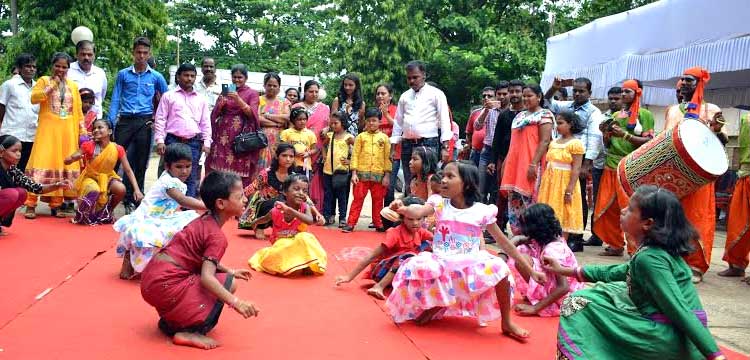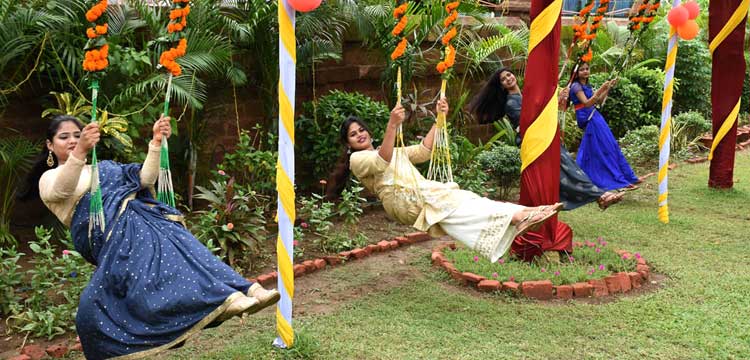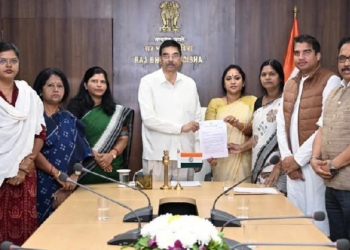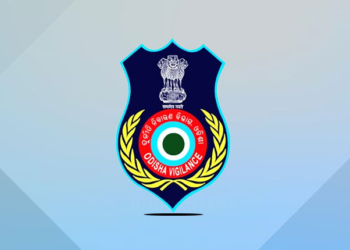Odisha is renowned for its vibrant culture and festivals. And Odisha’s vibrant culture and historical legacy are on full display during the Raja Festival, a significant celebration that honours fertility and womanhood. This ancient festival has its roots deeply embedded in the state’s history, dating back centuries. The Raja festival emerged from the belief that the Earth, symbolised as a woman, undergoes a period of menstruation during this time and requires rest and revitalisation.
The term ‘Raja’ has its origin in the Sanskrit root word ‘Rajaswala’, meaning menstruating. The Raja festival is a celebration of menstruation and is observed in the month of Asadha, which typically falls in the second week of June. It is the beginning of the Solar month ‘Mithuna’ as per the Odia calendar and thus, it is also called ‘Mithuna Sankranti’. Raja is also an agrarian festival, marking the beginning of the agricultural season.
The three-day-long Raja Festival is a unique celebration where Mother Earth is believed to be menstruating, and is thus given complete rest. During this period, no agriculture-related work is done, and the land is left untouched, allowing it to rejuvenate and replenish its energies. This festival is observed with great enthusiasm and zeal, showcasing the deep connection between the people and the land they cultivate.
The festival is closely linked to the rebirth of the Earth and the renewal of life, as told through mythological tales. Historically, the kings and queens of Odisha played a significant role in celebrating this festival to revitalise both their subjects and the land they ruled over.
All about Pahili Raja
The festival is celebrated over four days. Pahili Raja is the first day of the Raja festival, which falls on the last day of the Jyaistha month. Raja Sankranti is the second day, also known as Mithuna Sankranti, marks the beginning of the Asadha month in the Odia calendar. Basi Raja is the third day which is also known as Bhudaaha, is a continuation of the celebrations.
Basumata Raja is the final day, where women and girls take a special bath, known as Basumata Snana, using turmeric and clay to honour the Earth.
During the Raja festival, women and girls are given a break from their daily chores and are encouraged to relax, play traditional games, and enjoy themselves. They wear new clothes, adorn themselves with jewellery, and apply alta on their feet. The festival is also marked by the swinging of rope swings, known as Raja Doli, which are made from natural materials like tree leaves, jute, and clothes.
Delicious Treats
The Raja festival is incomplete without the traditional Odia Pithas, which are an integral part of the celebrations. Some of the popular Pithas include Poda Pitha, Manda Pitha, Kakara Pitha, Arisha Pitha, Chandrakala Pitha and Chakuli Pitha. These are a staple during the Raja festival.
‘Poda Pitha’ is also served to Lord Jagannath every day as it is believed to be the Lord’s favourite food. ‘Raja Pana’, the sweetened beetle leaf, is an inseparable part of the festival.
Throughout this festival period, girls are not allowed to do any activity which can cause them pain or harm them and make them tired. Therefore, they are not allowed to do kitchen and household work such as cooking, sweeping the floor, combing hair, etc. Giving equal importance to Mother Earth, no one is allowed to walk barefoot because that may put a scratch on the Earth’s surface, causing pain to Mother Earth.
It won’t be wrong to say that the Raja festival is a celebration of womanhood, nature, and the rich cultural heritage of Odisha. It’s a time for women and girls to come together, enjoy traditional games and food, and celebrate the beauty of life.




















